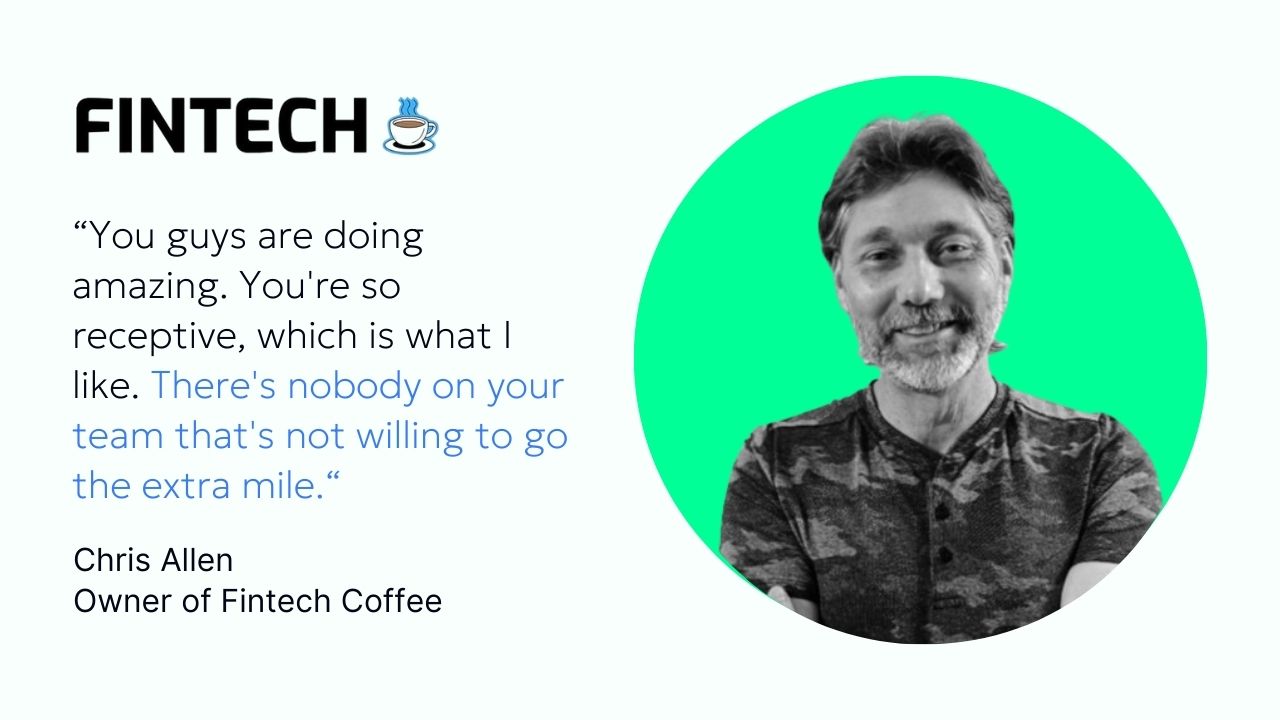Did you know? A 2021 study by McKinsey & Company found that businesses leveraging customer data are 23 times more likely to see customer acquisition success and 19 times more likely to achieve profitability.
This eye-opening statistic highlights the pivotal shift in the digital ecosystem from third-party cookies to first-party data.
As you navigate this transition, the strategic significance of first-party data in a cookie-less future becomes clear, positioning email newsletters not just as a communication tool but as a fundamental component in your data collection and analysis strategy for B2B publishing.
Understanding First-Party Data
You're not just collecting data – you're engaging in a dialogue with your audience. First-party data is information collected directly from your audience, offering a goldmine of insights into their behaviors, preferences, and interactions.
This data contrasts with second and third-party data, which are collected from external sources or purchased from other organizations, respectively.
For B2B publishers like you, the value of first-party data lies in its authenticity and relevance, providing a direct line of sight into what your audience truly values.
Collecting Data Through Newsletters
Email newsletters offer a unique opportunity for data collection through direct engagement. Techniques such as tracking opens, clicks, and interaction times can provide a wealth of information.
However, it's crucial to balance this collection with user privacy and consent, ensuring subscribers are aware of and agree to the data being collected. This transparency not only aligns with legal requirements but also fosters trust with your audience.
Analyzing Newsletter Engagement
Analyzing newsletter engagement involves more than just looking at open rates and click-through rates – it's about understanding the story behind these interactions.
Tools and methods for deep-diving into analytics can reveal which content resonates most, optimal times for engagement, and how different segments of your audience interact with your newsletters. These insights are instrumental in refining your content strategy to better meet your audience's needs.
Personalizing Content Based on Data
The power of first-party data is fully realized when it's used to personalize content. By tailoring your newsletters based on the collected insights, you can significantly increase their relevance and value to your audience.
Segmenting your audience based on their preferences and behaviors allows for more targeted and effective communication, enhancing the overall engagement and effectiveness of your newsletters.
Building Stronger Customer Relationships
Data-driven personalization is key to building stronger, more meaningful relationships with your audience. Leveraging insights from your newsletters to improve customer engagement and loyalty can set you apart from competitors.
Case studies of B2B publishers who have successfully implemented data-driven newsletter strategies showcase the potential for significant improvements in customer retention and satisfaction.
In the competitive field of B2B publishing, leveraging the strategic advantage of first-party data through email newsletters offers a clear path to success. This approach not only enhances customer engagement and loyalty but also provides a framework for continuous improvement and adaptation.
As the digital ecosystem continues to evolve, the ability to collect, analyze, and act on first-party data will be a defining factor for B2B publishers aiming to stay ahead of the curve.


